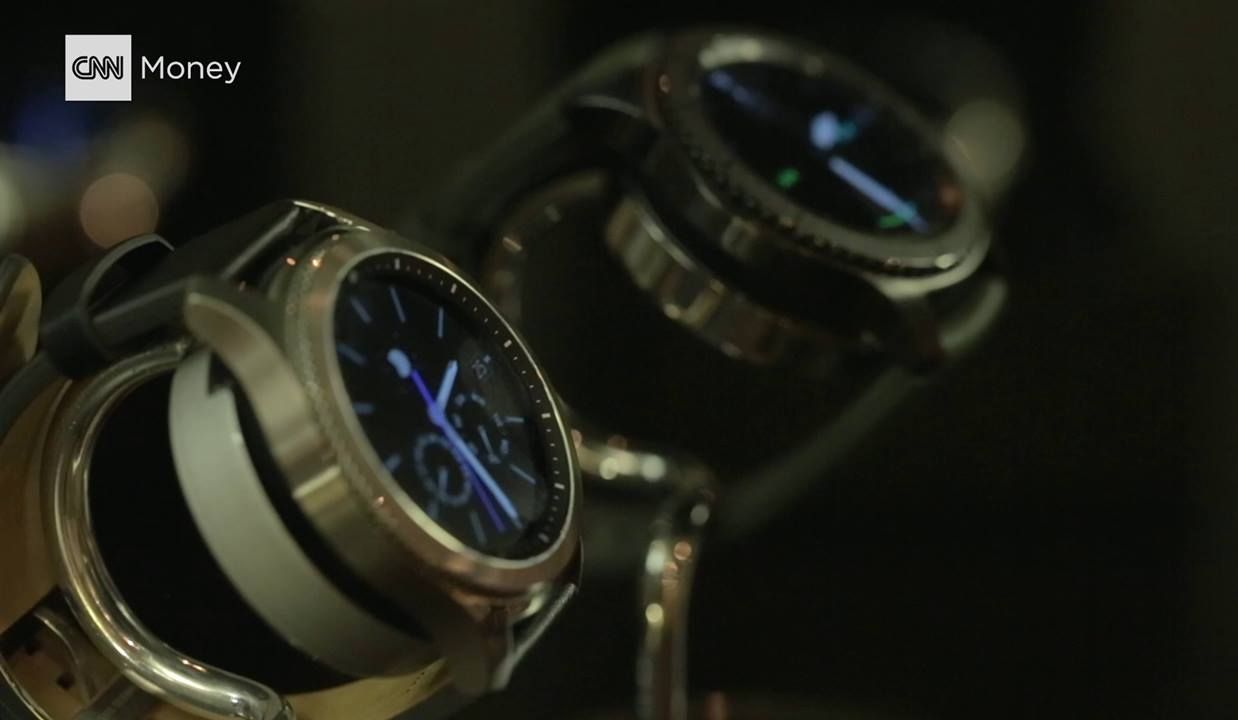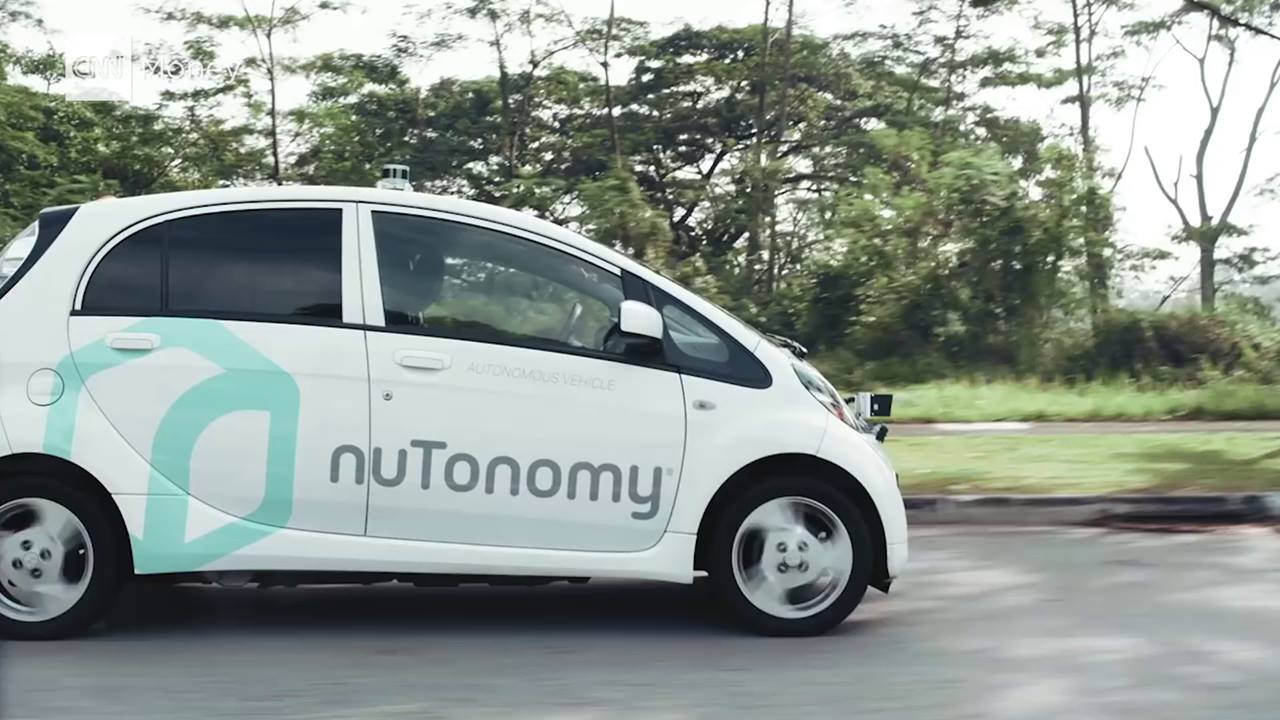Page 10830
Sep 4, 2016
Uber’s self-driving Volvos come to Pittsburgh
Posted by Shailesh Prasad in categories: robotics/AI, transportation

The newest Uber driver in Pittsburgh isn’t a person — but a Volvo Cars XC90. http://cnnmon.ie/2cbIx3f
Sep 4, 2016
Driver-free taxis in Singapore
Posted by Shailesh Prasad in categories: robotics/AI, transportation

This car drives sideways — could it solve your parallel parking woes? http://cnnmon.ie/2bRByMg

Realtors are taking home sales beyond glossy pictures and into virtual reality.
Realtors are taking home sales beyond glossy pictures and into virtual reality: http://cnnmon.ie/2bSdIjt
Sep 4, 2016
That’s not a human riding this motorcycle
Posted by Shailesh Prasad in categories: robotics/AI, transportation

Motobot — motorcycle riding humanoid robot
Look closely.
That’s not a human riding this motorcycle. http://cnnmon.ie/2bzSrh1
Sep 4, 2016
Finally, Windows 10 on a refrigerator door
Posted by Shailesh Prasad in category: computing
To the thousands, nay, millions who were holding out for a Windows 10 fridge before upgrading, we’ve got some pretty great news straight from the IFA show floor. Granted, it’s still just a prototype with no firm release date, but here you go. LG put a fully functioning Windows 10 tablet on the door of a fancy new icebox.
And it’s a massive tablet, at that – measuring 27 inches, powered by an Intel Atom processor located up top. It actually seems to work pretty well, in the demo we got on the showroom floor. It’s surprisingly responsive – a lot more than many of the sorts of displays companies jam onto their appliances in the name of smartness.

NASA’s new High Dynamic Range (HDR) camera.
Watch a rocket test in super HD with NASA’s impressive new camera: http://cnnmon.ie/2aPVjpK

Forget latte art. Now you can print your photo onto your coffee.
Forget latte art. Now you can print your photo onto your coffee.
Watch the full video: http://cnnmon.ie/2bMD70H w/ Samuel Burke CNN.












